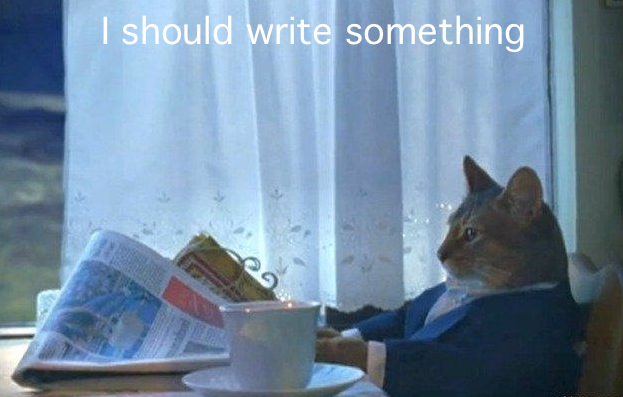
Want to improve your writing in an instant?
There are a few quick tips and tricks that are sure to have an impact on the overall quality of your creative writing. Apply these simple solutions for immediate results next time you sit down to write.
The quality of content relies on a few writer’s secrets or tricks of the trade. That is, the impact of writing can be achieved by tricking the reader with attention to detail in visual style and cadence in rhythm.
Improve your creative writing style with a few easy tricks:
1. Start and End Strong
One of the easiest tricks in the book is to begin and end each sentence on a strong word. Both the beginning and the end word hold positions of impact that tend to favor a good sentence structure. Use these two positions—the beginning and end words—wisely.
2. Lose Excessive Adverbs (like –ly)
Not that “ly” outright stinks, but it creates an excessive style of writing. Limit the use of “ly” by working around the issue. Instead of “he foolishly and cowardly retreated”, he is “the foolish coward who retreated”. The second packs more of a punch in that the description transforms his very figure into that of a coward.
3. Back to the Active (forgeting –ing)
 The problem? Your writing is living in the past—it’s too passive.
The problem? Your writing is living in the past—it’s too passive.
It seems like everything that ever occurred within the world of your writing amounts only to a “has been” or “was” or “were”. And why do you keep using “ing”? Invite your next writing piece to join us here in the active with a switch of the verb tense. When you write verbs like “is”, the rest of your sentence takes place in a passive realm of speech. Bring it back to the future with a more active tense. That is, “she would always forgive him” may be clarified for greater impact as, “she forgave him, always.”
4. Pick a Verb (any verb)
Avoid extensions of the verb “to be”, and go freaking crazy. That means eradicate ‘is, am, are, was and were’ and replace each with a more precise word. Try a word that better captures the tone, mood or essence of the original meaning, and inspire excitement with the dynamic motion of action verbs.
5. Set the Tempo
 Sentence tempo is proportionately linked to the duration of its length. Is it all happening too fast? Cut it in half. Does it require a slow, reflective pace?—let it unfold with the elegance of a rose petal and consider indulging the aesthetic passions with an appeal to the senses. Use the added length to set scenes with imagery.
Sentence tempo is proportionately linked to the duration of its length. Is it all happening too fast? Cut it in half. Does it require a slow, reflective pace?—let it unfold with the elegance of a rose petal and consider indulging the aesthetic passions with an appeal to the senses. Use the added length to set scenes with imagery.
The abrupt execution of a sentence is character to the nature of a quick tempo—thus, it captures the desired pace with a quick delivery. It works in just the opposite way. The more added details, the slower the pace of each sentence in the exposition. Preserve the dynamic quality of content by applying tempo changes for more organic writing.
6. Accentuate the Rhythm
Create a rhythm with the words of each sentence. Not that it is important to always write poetry, but purely technical writing is bland in flavor. To make an impact on the reader you will need to apply a rhythm to your writing that captures their attention—and holds them in the moment long enough to listen.
7. Go with the Flow
Never hesitate to sacrifice simplicity of traditional structures and writing techniques for the rhythm and flow of a much greater sentence. Sure it’s safe to go with what’s expected, but great writing holds a unique quality—so dare to be bold. Originality can be achieved, if you simply go with the flow. Focus less on standard sentence structures, and move writing forward with organic modes of organization.
8. Write for a Particular Reader

Many authors believe the secret to writing success is to narrow down your target audience. Even more so, you should narrow this down to a particular in mind. In this way, you are able to communicate your message much more effectively. The unique quality of more precise writing allows you to focus on the appropriate content and carry out the purpose with organized intent. To truly make an impact, the writing must speak to the reader and interpret the intended message with clarity.
If not, you may find that afterwards you’ve wasted a lot of time–as it all ends rather pointless and fails to satisfy the intended purpose.
Need help curing writer’s block? Try the Ultimate Guide to Overcome Writer’s Block.
⚕Home⚕
cc: WordShore, Found Animals Foundation, sammydavisdog, Santa Cruz Public Libraries




